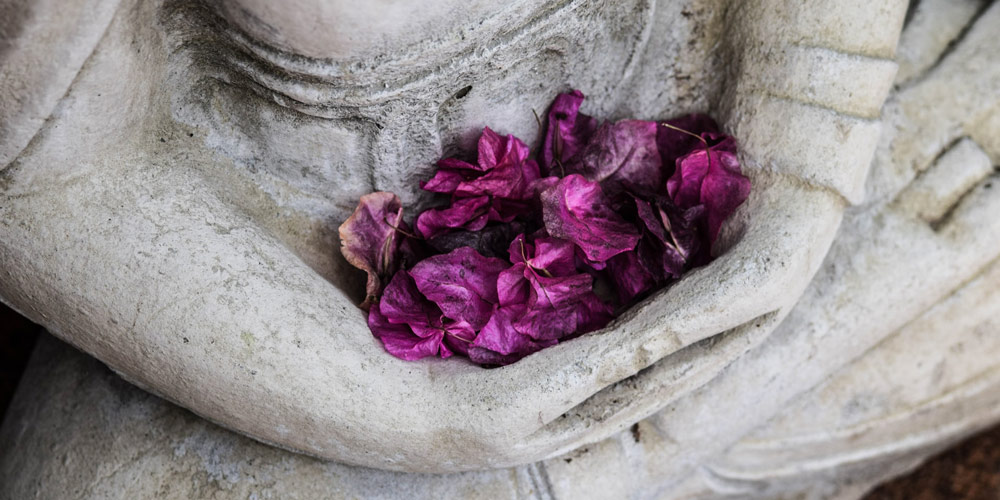Patanjali’s Yoga Sutras – Get to Know the Original Source!
Patanjali’s Yoga Sutras date back to the 400s CE and describe the essence of yoga very richly. Of course, the teachings themselves originated even earlier than this, since yoga is an ancient tradition, a physical-spiritual practice.
Since then much has changed in how we understand yoga, especially in the western world, but its essence remains the same.
So if you are interested in yoga, regularly visit the best yoga studios in Budapest, or even just meditate and follow Buddhist practices, you are certainly curious about what makes Patanjali Yoga Sutras special. Learn all about who Patanjali was, what we know about the sutras and what he teaches. We also touch on how this affects today’s yoga culture.
Who was Patanjali?
The Yoga Sutras are tied to Patanjali’s name, but who was this mysterious person (or persons)? It is an Indian name under which the Yoga Sutras, which is one of the most original source texts of the yoga system, were published. This is considered to be the most classic text of its kind, which is why Patanjali is often referred to as the father of yoga. Therefore, it can also happen that his statue can be seen in several places related to yoga and meditation.
It is believed that Patanjali has lived between the 2nd century BC and the 4th century AD. There are several works which have been published under this name about similar topics like Ayurveda and the Sanskrit language, but they are generally attributed to different authors.
What Are the Yoga Sutras?
Patanjali’s Yoga Sutras are generally called the main classic and most original source text of the yoga system. They consist of 196 aphorisms. It is one of the main, classic and most original source texts of the yoga system. The word sutra means thread or line that holds things together – most likely a reference to the palm leaves containing
Sutras are concise and condensed texts that don’t necessarily describe a subject in full, but rather serve as guideline for the guru when teaching his disciples. This is why it is often very hard to interpret the Yoga Sutras correctly and many masters wrote comments on them.

Patanjali’s Yoga Sutras
We also know that Patanjali’s Yoga Sutras is a summary that brought together doctrines and practices that already existed in India. It contains a system consisting of 8 limbs, which is essential for the true experience of yoga and meditation.
The Yoga Sutras break down the philosophy of yoga into 8 different limbs. And here it is important to note again, as we have alluded to above, that Patanjali did not invent these himself, but merely summarized them in one work. And now let’s look at these eight degrees, which yogis often refer to as astanga or raja yoga!
1. Yamas
The first limb are the Yamas, which means the moral rules by which you treat others and the world itself. Within this, it gives five more specific instructions:
- Non-violence
- Truthfulness
- Nonstealing
- Moderation
- Non-greed
2. Niyamas
The second limb is Niyama, it is similar to the first, but it contains for personal practices: external and internal purity, contentment, self-discipline, self-study, that is, self-knowledge, and devotion to God — or any higher power.
This is followed by degrees that you will surely be familiar with if you practice yoga often.
3. Asana
The third limb is the asana, which applies to various yoga poses, physical exercise and body positions.
4. Pranayama
The fourth is pranayama, which is about controlling your breath.
5. Prathyahara
One of the cornerstones of meditation is the fifth limb, Pratyahara, which refers to the withdrawal of the senses, including the inward focus of attention.
6. Dharana
The sixth limb, the Dharana, or intense concentratio, is also essential for yoga and a preparation for yoga.
7. Dhyana
And the seventh is meditation itself, i.e. Dhyana.
8. Samadhi
And the eighth limb, a consequence of practicing the previous 7 limbs, is a state of oneness and pure bliss, this is Samadhi.
You can start applying these 8 limbs to your daily life step by step by yourself. If you would like some company during this journey, the community of like-minded people, which you will surely find in the best yoga studios in Budapest, will be a great support!
For more information about yoga, meditation, the best yoga studios in Budapest and a conscious lifestyle follow YogaYogi on Facebook!
 English
English magyar
magyar